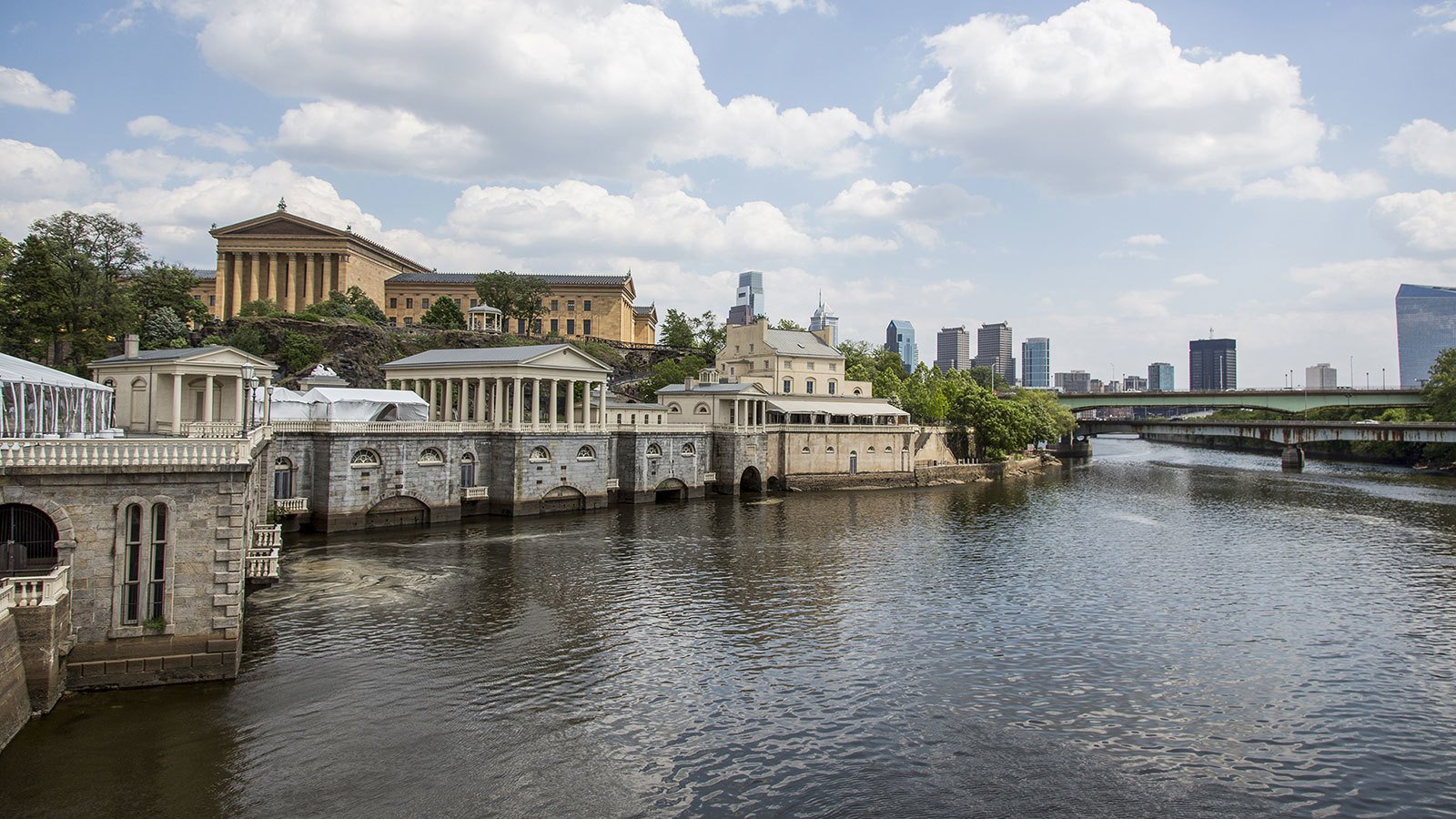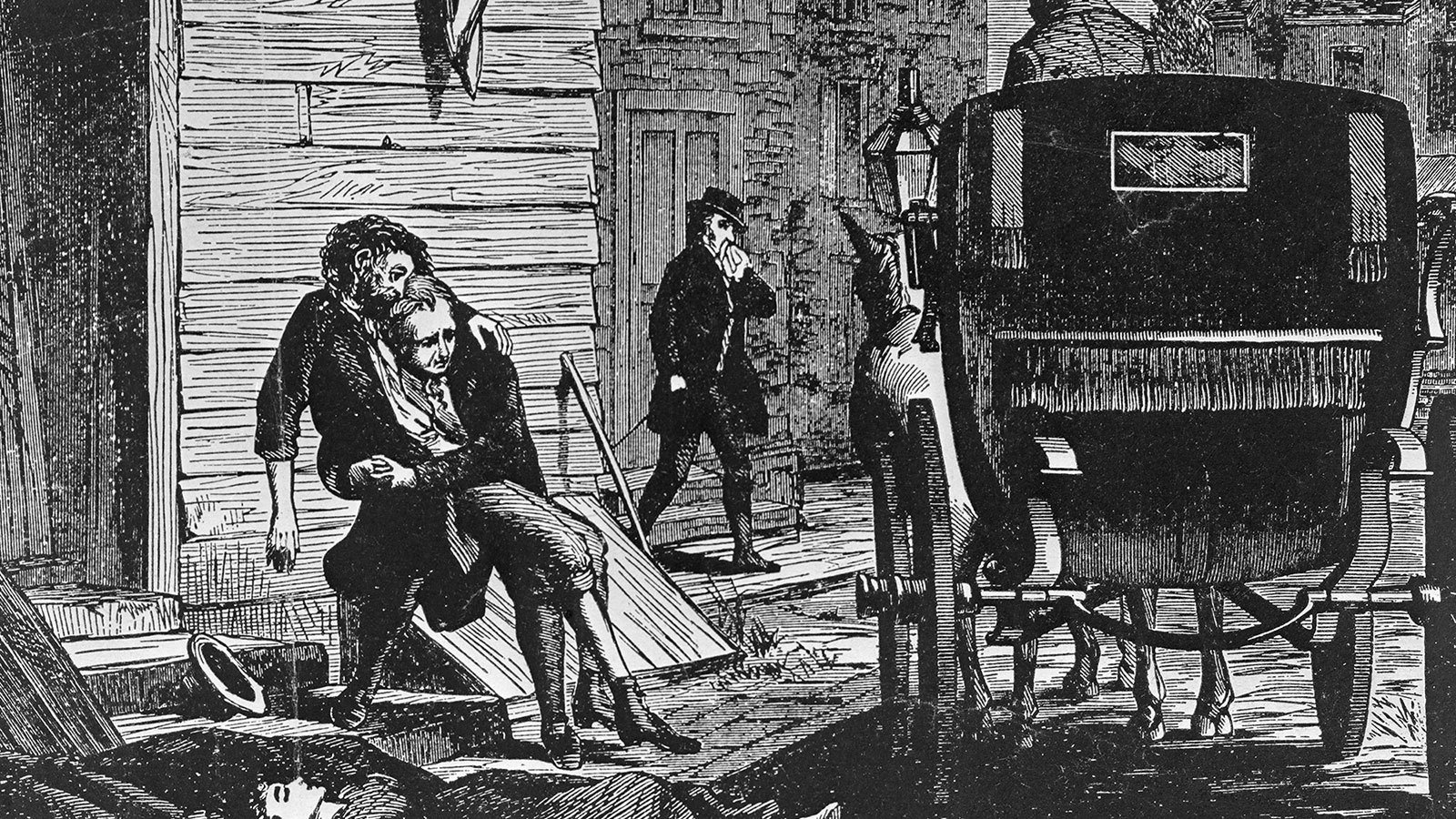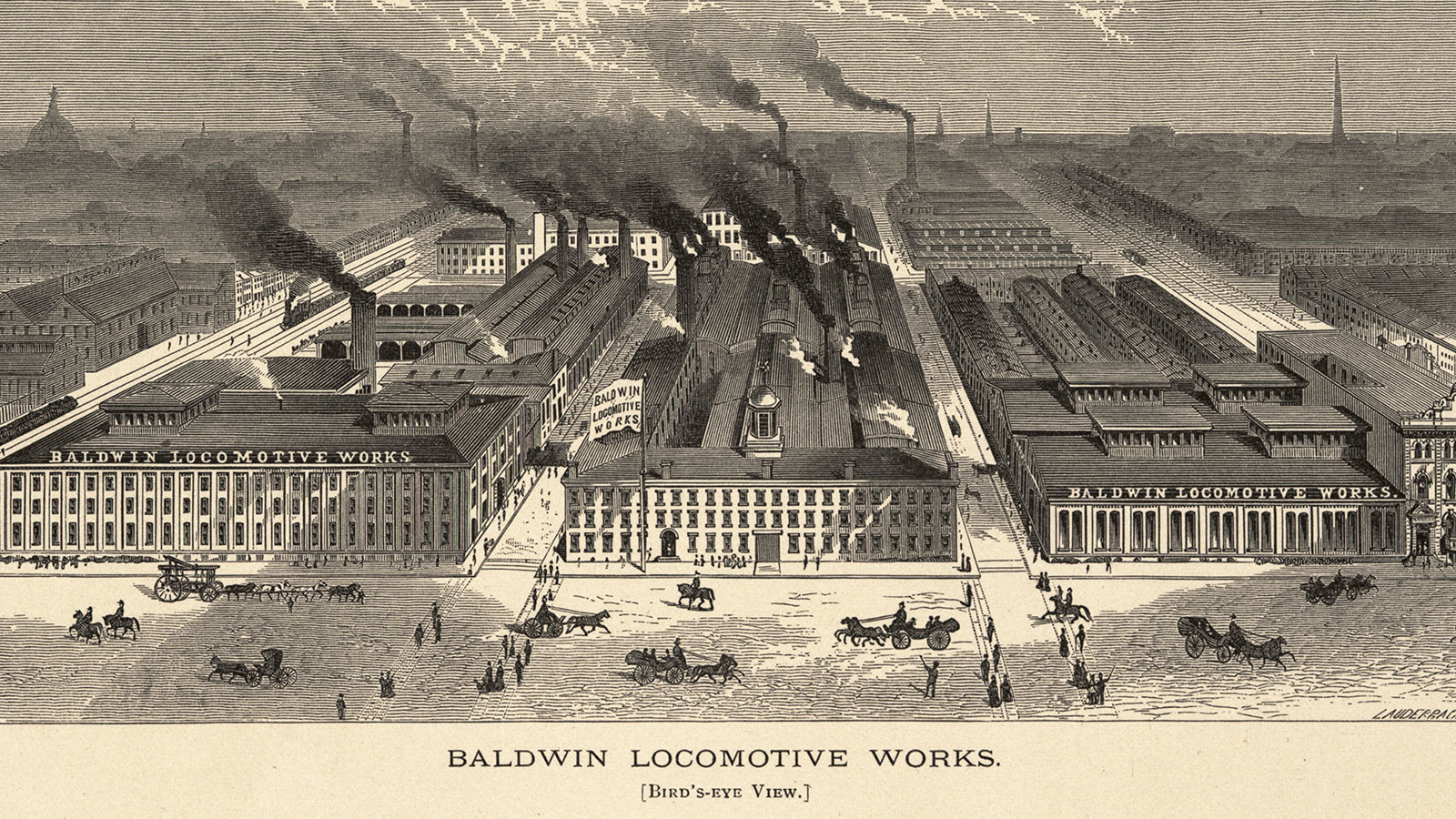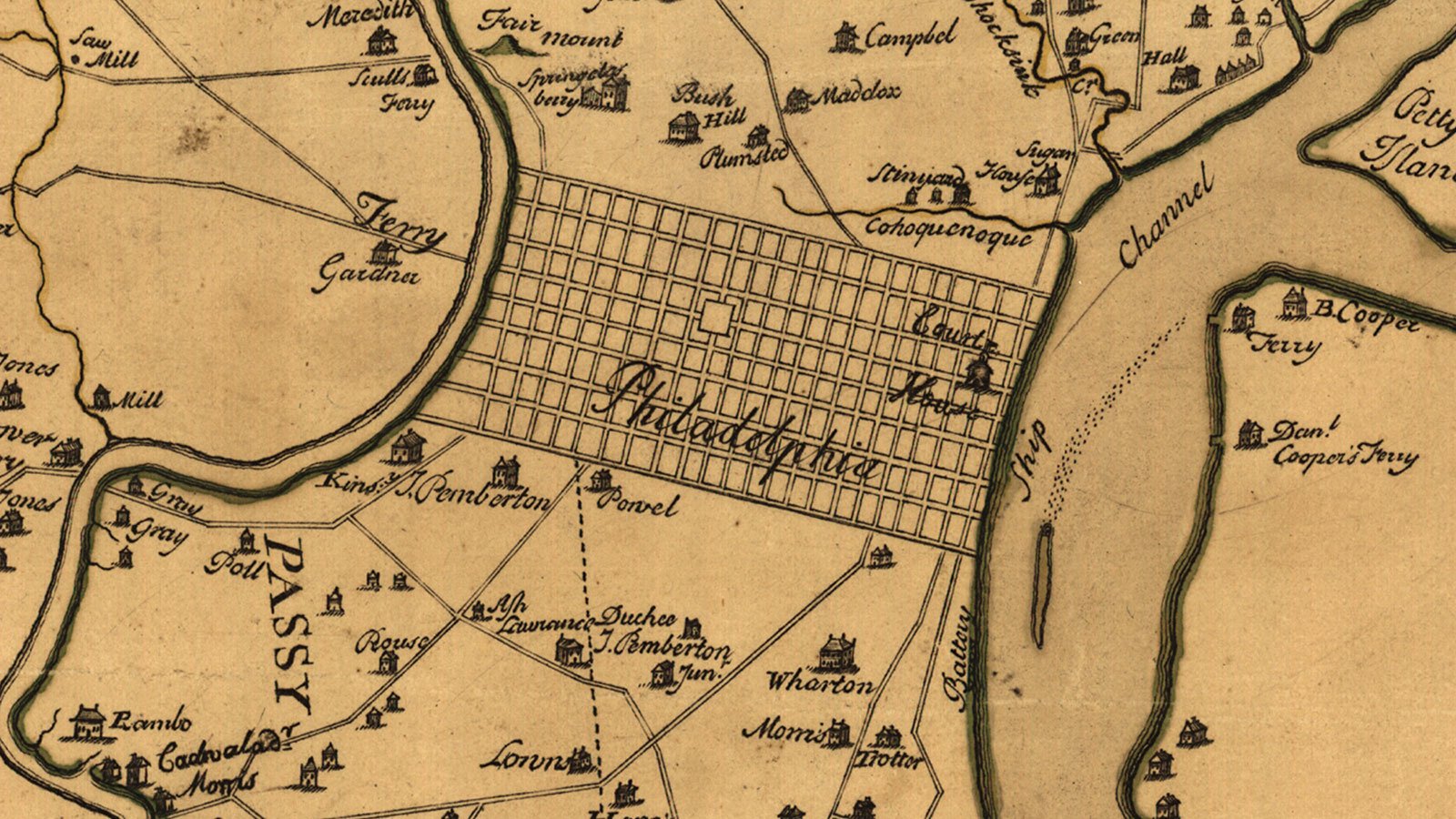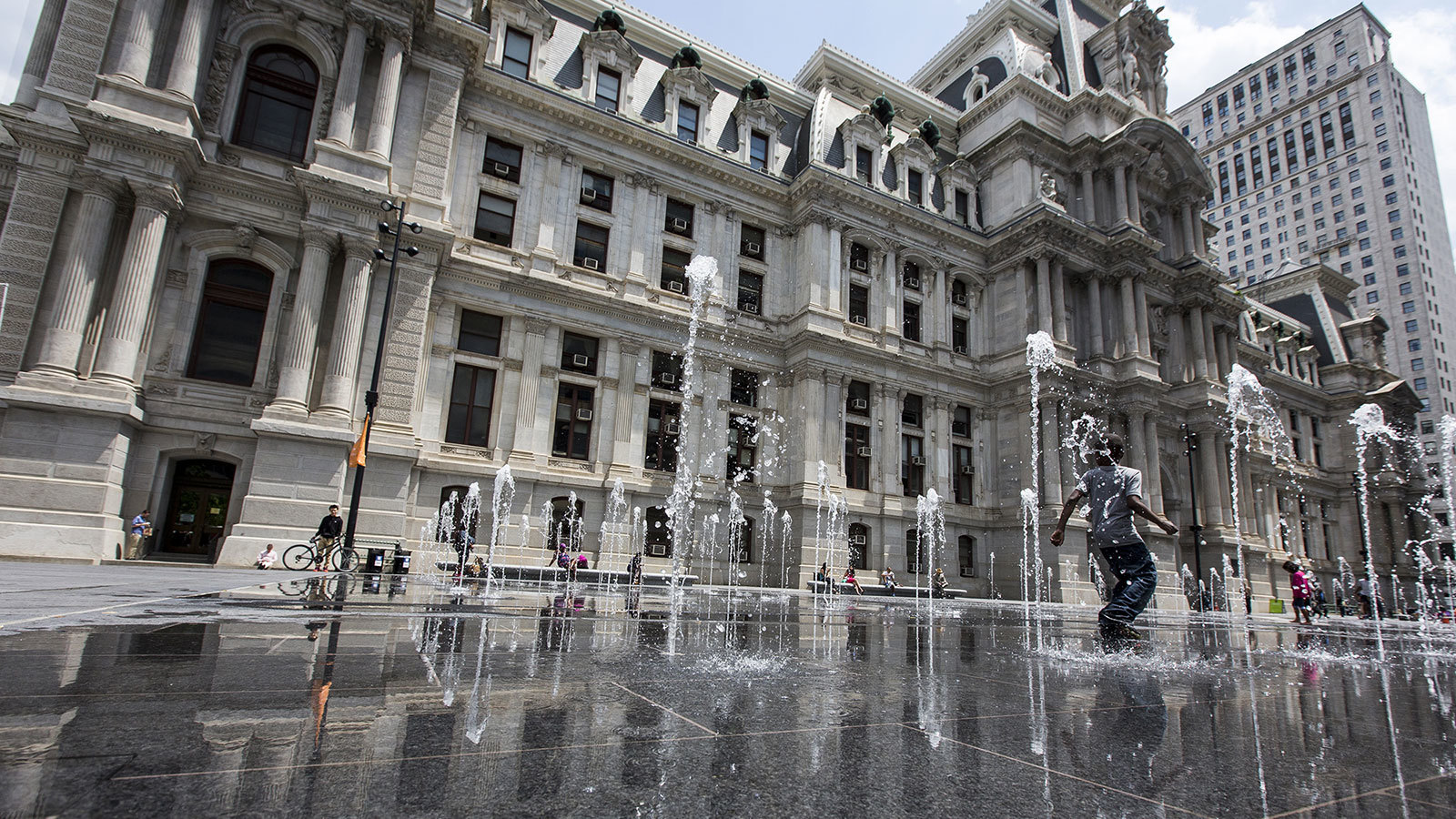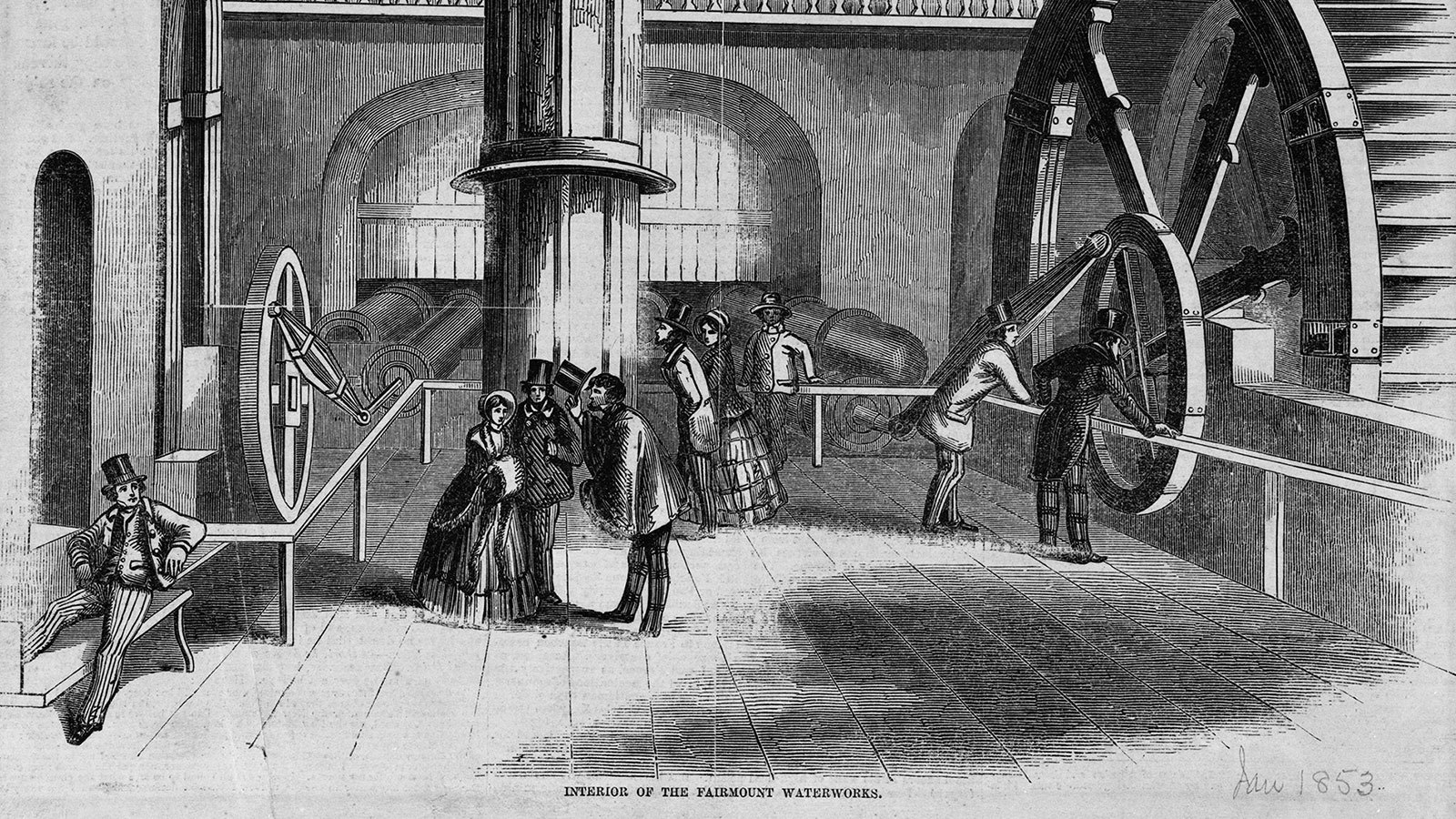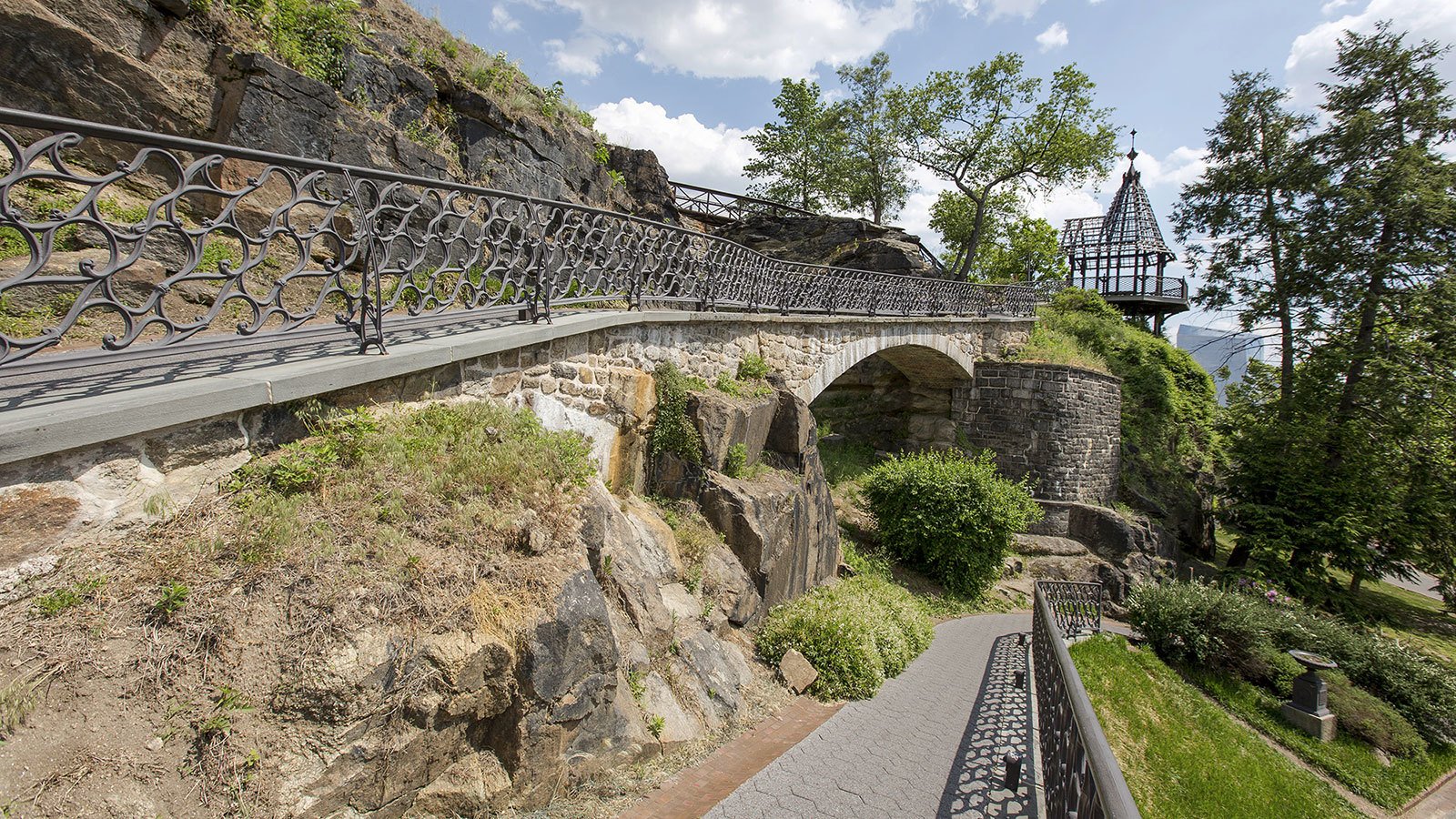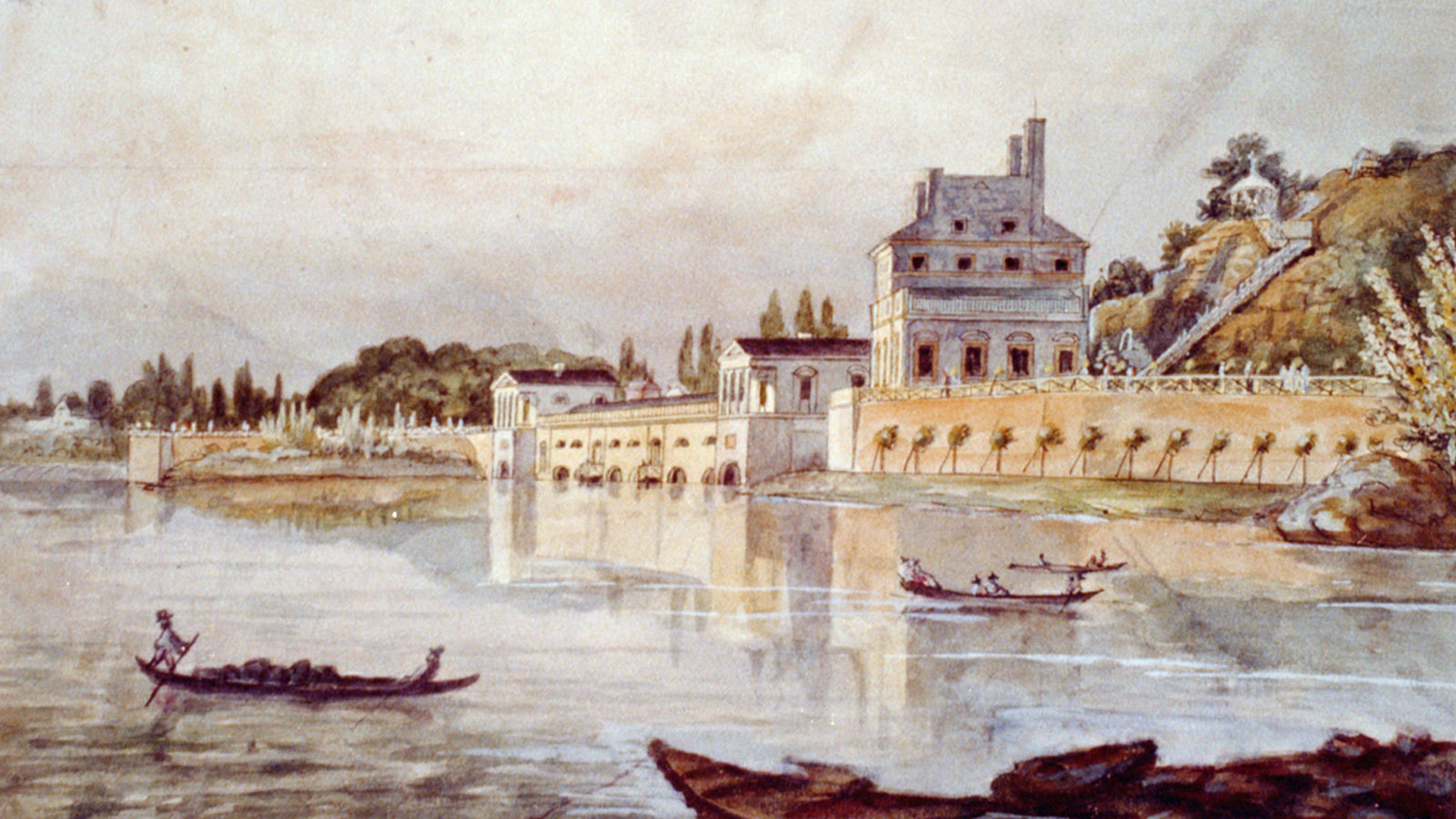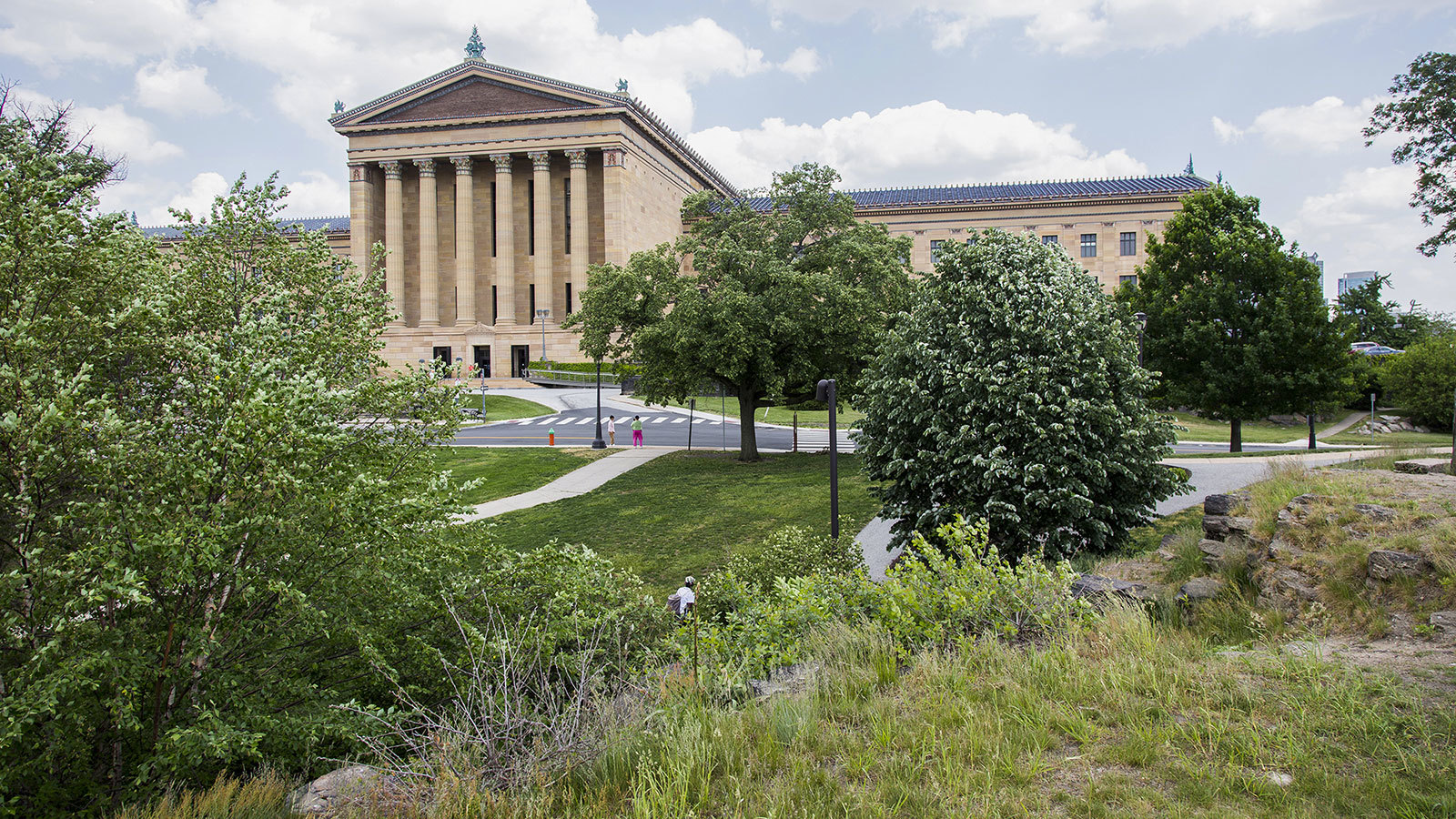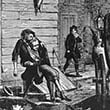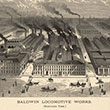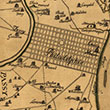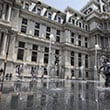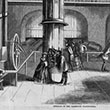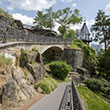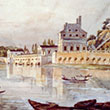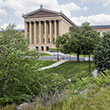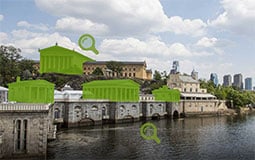Fairmount Park
Fairmount Park
It's logical to assume that today's large city parks resulted from a noble conservation vision, and that early city leaders had the foresight to preserve large swaths of green space solely for the recreation and enjoyment of urban residents.
But that wasn’t universally the motive, and it certainly wasn’t the case for Fairmount Park, a large urban park along the Schuylkill River in Philadelphia.
Fairmount Park was, rather, the result of a much more critical need: saving lives.
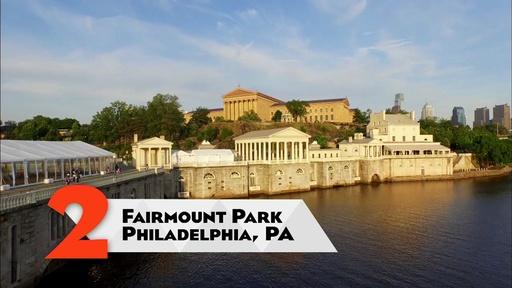
Watch the Segment
In the 1700s, yellow fever epidemics had claimed the lives of thousands of Philadelphians. One outbreak alone , in 1793, killed more than one-fifth of the city's entire population. Fearing for their survival, nearly half of the city's residents left Philadelphia. Those who remained were afraid to walk in the street; they smoked cigars or chewed garlic in futile efforts to protect themselves.
In the wake of the 1793 epidemic, city leaders scrambled to improve the water infrastructure that they suspected had fostered disease. They installed a pumping station in the center of the city, on the site of today's City Hall. It was the first municipal waterworks in America.
Then, in 1815, they built a waterworks atop a riverfront hill known as Fairmount. As the highest point in the city, the location made sense: water could be pumped from a reservoir through pipes to city neighborhoods.

Web Exclusive Video
Once they had created a safe drinking water supply, they focused on an equally challenging task: protecting the Schuylkill River from disease-causing activities along the waterfront. Over the course of several decades, city leaders passed legislation that allowed them to acquire more and more waterfront land, stop further development, and where necessary, force out industry (in some cases razing former industrial sites).
The city also acquired former residential land, including the former estate of a successful real estate investor and merchant named Henry Pratt . Pratt's property, called Lemon Hill, included beautiful gardens and a Federal-style mansion that remains open as a museum today.
In 1855, Philadelphia opened the properties it had acquired - now named, collectively, Fairmount Park - to the public.
By preserving vital waterfront land for its people, Philadelphia's leaders had both protected public health and created a huge green space and recreational area for the public to enjoy.
The Fairmount Water Works, open to the public as an educational and interpretive center, is a National Historic Landmark, a Civil Engineering Landmark, and a National Mechanical Engineering Landmark.
Learn More
- Learn more about Fairmount Park's origins and history.
- Read why Fairmount Park is so unique.
- Learn about the history of the Fairmount Water Works.

